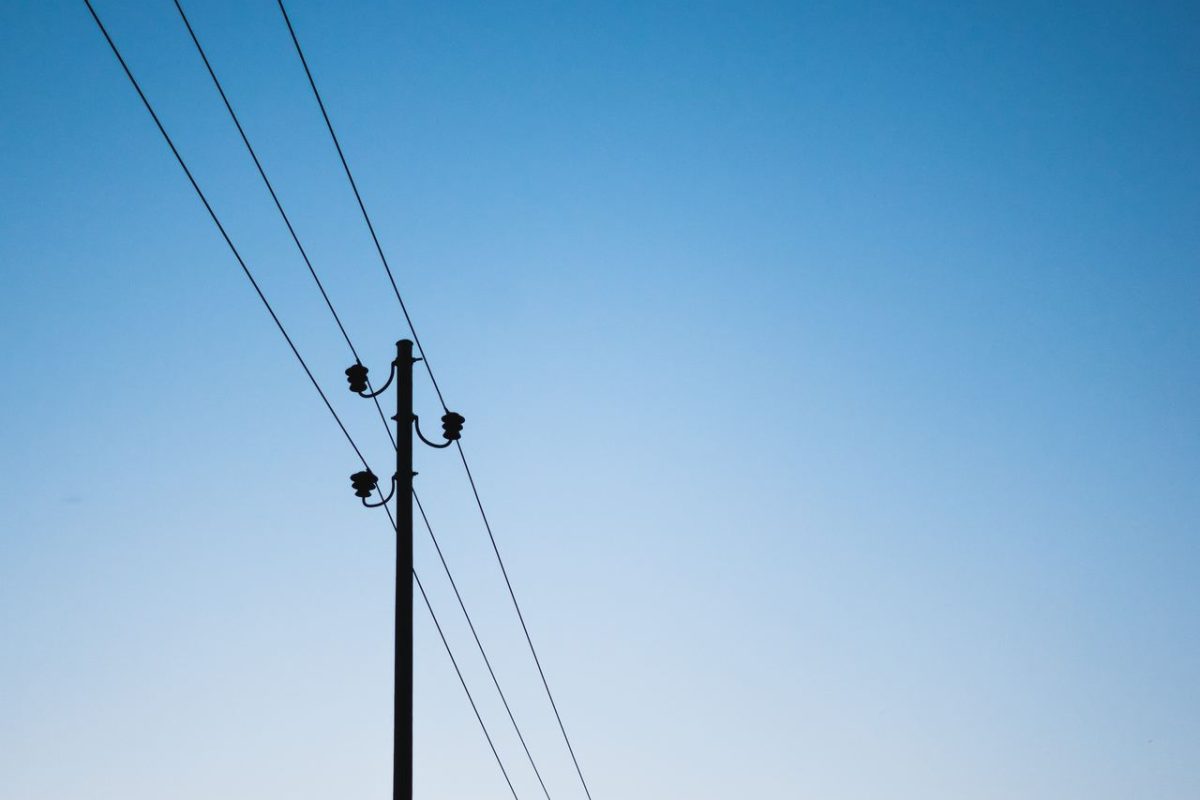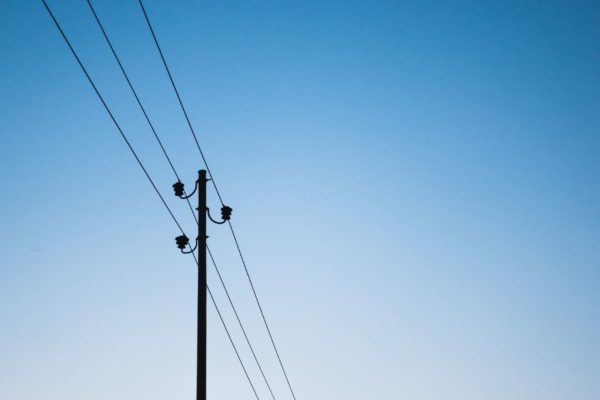This summer ISO-NE Reports:
Peak demand for the month was recorded at 23,889 MW on June 13 during the hour from 4 to 5 p.m., when the temperature in New England was 91°F and the dewpoint was 65°. The June 2017 peak was up 19.6% from the June 2016 peak of 19,966 MW, set during the hour from 4 to 5 p.m. on June 29, 2016, when the temperature was 81°F and the dewpoint was 60°.
Peak demand is driven by weather, which drives the use of heating and air conditioning equipment. The all-time peak demand in New England was 28,130 MW, recorded during an August 2006 heat wave, when the temperature was 94°F and the dewpoint was 74°. Air conditioning use is far more widespread than electric heating in New England, so weather tends to have a relatively greater impact on the summer peak than the winter peak. The all-time high winter peak was 22,818 MW, recording during a cold snap in January 2004 when the temperature was -1°F and the dewpoint was -20°.
From ISO-NE : http://isonewswire.com/updates/2017/7/21/monthly-wholesale-electricity-prices-and-demand-in-new-engla.html
Why is this important – Installed Capacity (ICAP) tag. In essence the worst /best/highest Demand Hour of the year dictates a good portion of the pricing of one’s electricity. This is the logic through which the Grid pays for its Capacity for Power distribution as opposed to the cost of Energy generation. The utilities charge customers for their peak usage and use these system peaks to forecast future needs and justify the cost of the ratebase – systemic costs of ensuring reliable transmission and distribution.
This also happens monthly with critical peaks and demand charges for our municipal utility and commercial business customers respectively. For a great in-depth discussion of this topic see our friends at Energy Tariff Experts blog : http://energytariffexperts.com/blog/2013/5/8/iso-ne-capacity-charges-the-hidden-demand-charge
While we’ve never had a September system peak before in ISO-NE, the current weather forecast at least opens the possibility. The forecast through August 24th doesn’t have a single 90-degree day prediction much less three or four strung together. Yet weather patterns are staying hot longer through the year. Stay tuned as we progress through the end of the summer, which after all goes to the Fall Equinox on September 22nd by the Almanac.
Oh, and yes, you have Sparkplug to thank or curse – we installed central AC this year after a decade of discussion. But at least it was running in time for the heat wave.



